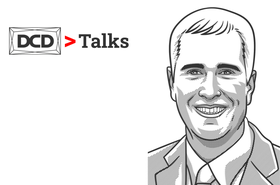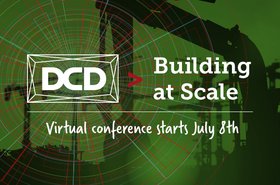All industries have a SOP.
Standard operating procedures are often the thorn in our backside, but when you really get down to it, they are what have our backs most of all. After all, how can you know you did something right, without a rule saying how it ought to be done?
This becomes even more important when you are working in a technical – and definitely somewhat dangerous –- sector. Data centers are risky places, with arc flash incidents and fires, cyber breaches, and the (thankfully less common) terrorist attack, workers need to have the hypervigilance of a seal in shark-infested waters.
As well as having inherent risks, a disappointing fact is that in data centers, it is usually us that is the problem. The foibles of humanity – and our tendency to make silly mistakes.
It is this that we discussed with CBRE technical director for Data Centers, Joe Parrino.
“In the US, we tend to look at a lot of the Uptime Institute data, and according to them, procedures, or failure to follow procedures and written documents, accounts for more than 50 percent of the human-caused major data center outages,” explains Parrino. “These are avoidable situations.”
According to Parrino, another 40 percent is due to these procedures being poorly written. With such significant numbers, the question is: why hasn’t something been done to change this?
The consequences of an outage can be severe, potentially affecting the healthcare sector, technologies like automated vehicles, the stock exchange, or the value of cryptocurrencies. And, if the outage is due to a fire, the people working in the data center could end up getting hurt.
So, CBRE set out to combat this, and not only within their own company but to help others too.
“We decided to roll out a training program in October,” says Parrino.
“We talked about crafting the procedures. I use the word crafting in there, because I think it's a skill, and not everybody has that skill, but they can have a detail-oriented mind, and understand the sequence of operations well enough to be able to craft these procedures.
“We talked about execution, and we introduced something we took from elsewhere: CEVAC. Command, echo, verify, acknowledge, control. It is a pilot-copilot technique, speaking above the ambient noise that's in these rooms, making sure you're making eye contact, pointing at the device you're going to operate, then operating the device after you get the acknowledgement from the supervisor.”
These concepts may seem obvious, and intuitive even, but they are not consistently done without being set down as rules. After all, it is in human nature to work smarter, not harder, and we endlessly underestimate our own weaknesses as well as those of others.
Parrino also suggests that it is not just about the step-by-step method in the procedure, but also about understanding those human factors a little better.
“For example, you get called in on shift, and you just finished your shift, so you're agitated. I [the manager/supervisor] need to check in with you. How's it going? Are you OK? Because sometimes people aren’t okay, and that causes problems, too.”
CBRE takes the human aspect very seriously, and it is even embedded in its hiring process. All new hires are subjected to the ‘DCS Shield’, a pre-screening process that looks at people's strengths and weaknesses, and trains them on the human elements of the job.
So far, CBRE’s protocol-creating training program has been rolled out to 3,000 people globally.





